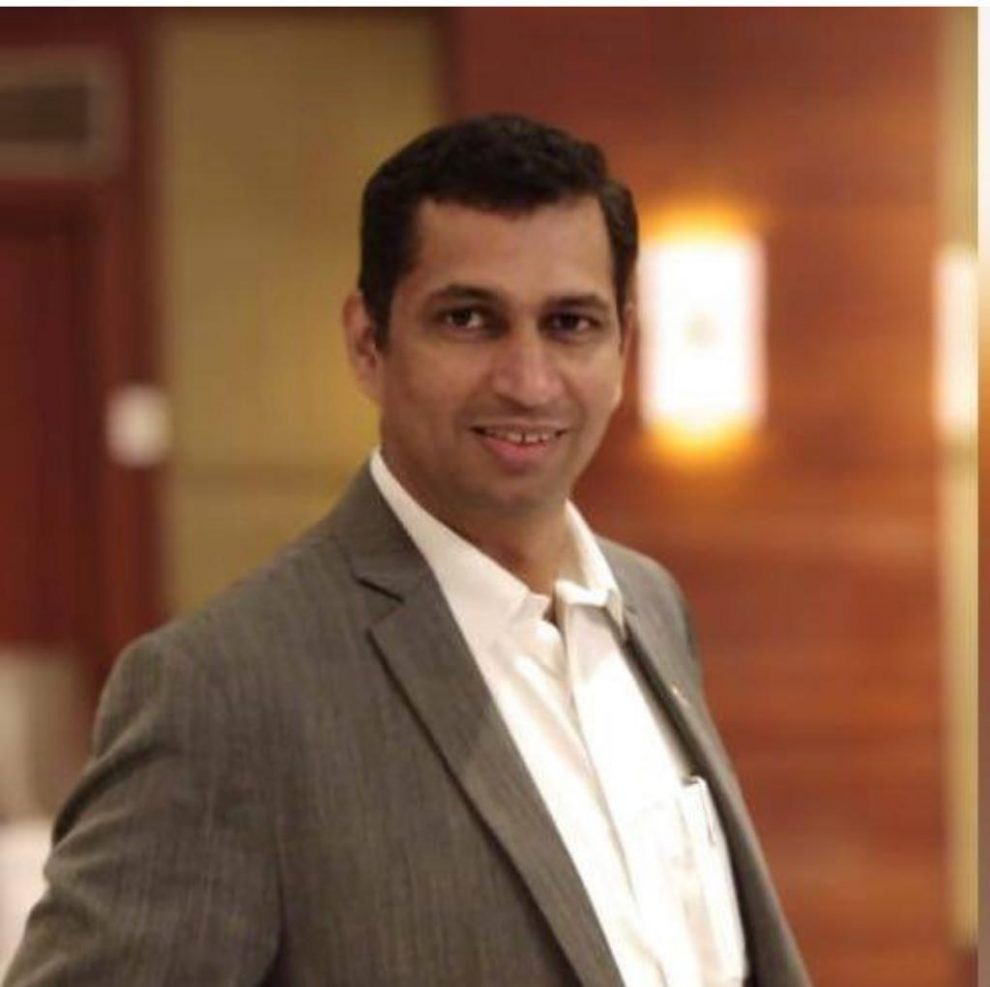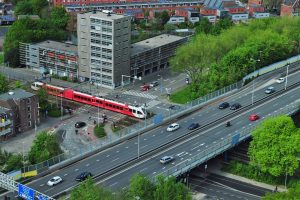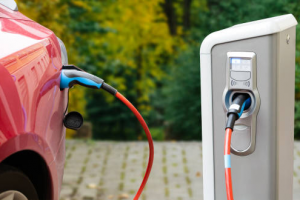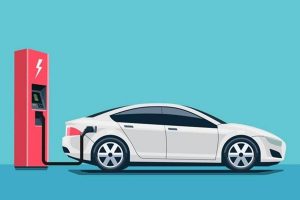By Rana. D
“Democratizing Power Generation… One KW at a time,” says Maxson Lewis, the Managing Director of Magenta Power. He has a project management experience in setting up power plants of
cumulatively more than 10,000 MW and has overseen CapEx of over INR 45,000 Crores. The
accomplished Managing Director embraces 18+ years of rich experience in large-scale project setups and operations with global exposure. In the past, he has worked with several noteworthy brands which include Accenture Management Consulting, Adani, Vedanta, Sterlite Power, Tata Steel, Reliance Energy, PT PLN in Indonesia, BC Hydro in Canada, Synergy in Australia and Singapore Power.
He speaks to Smart Sustain on the emerging EV scenario of India:
SS: How do you see the EV industry in India?
Lewis: The EV industry is poised for growth. The EV adoption requires an ecosystem view and lots of pieces of the puzzle are falling in place. However, some key concerns remain as fare as battery technology and availability of vehicle options. But the second half of 2019 and early 2020 will see huge progress in this space. The market is yet to kick start, especially in the 4 W space. The 2W market is leading the way across the country. The 3 W market is growing in certain geographies since it is a regulated market. For example, Delhi has more than 1 Lakh electric rickshaw if you think of them as an EV essentially.
The market is bound to start off in 2020 when more vehicle makes their presence felt giving people
better options. In the meantime, it is companies like us who are working on the enablement part of
it and building the infrastructure.
As per our projections, the second half of 2020 is the inflection point after which the growth of EV will be unstoppable.
SS: How important are external DC fast chargers on places like highways, malls, parking?
Lewis: I think there is a huge brouhaha around DC fast charging. Globally up to 80% of the EV
charging happens at homes and office – places where people park their cars normally and naturally.
DC fast charging is for highway charging and caters to the 20% of the charging requirements. Even
after 2 DC charging, it is recommended to do an AC charging for battery stabilization and life.
EV charging needs to be understood differently and comparing that DC fast charging is equivalent to filling your tanks with Petrol/ Diesel is a wrong view. DC fast charging requires 30 mins as well.
What I am trying to say is that DC fast charging is required for a different use case (fleets and
highways), but the mass adoption of EV will be driven by the availability of safe and simple AC charging.
SS: How Magenta aims to push the EV scene in India?
Lewis: Having said that Magenta Power is making EV charging Available, Accessible, Affordable and Automated under our network and brand called ChargeGrid. We are trying to solve the charging challenges by providing Indian solutions to Indian challenges in EV charging.
We provide the following end to end solutions and services-
1. Hardware (we have chargers made in India, made for India for specific use cases – be it
community charging or for individual charging. Be it malls, housing complex all who are looking for
charging solutions can talk to us
2. Our charging platform is made for 2W, 3W or 4W irrespective of the type and make of
vehicle
3. Software – Our ChargeGrid platform is an open platform, so if you have a charger and want
to provide that service to others and earn, our platform allows that. Sign up and host your charger
on our network
4. Service: Our ChargeGrid network growing slowly and steadily will provide charging services
to the user
SS: What challenges do you face?
Lewis: One of the biggest challenges has been space availability and the second has been the callous attitude of the local DisComs. We have spent enough visits over 16 months to the local offices to educate them and get the paperwork done. While a lot gets talked about at the policy level, we realized pains of getting things on the ground. Incidentally, we were the first company in India to install the EV billing meter under special tariffs.
But over the last 12 months, the hype and build-up probably will make things easier for us and for others who want to enter in this space.
SS: What is the technology being used in charging infrastructure in India today? Please elaborate on the charging infrastructure components?
Lewis: EV Charging globally is either AC charging or DC charging. In AC charging the feed into the vehicle is AC supply which is converted by the onboard converter in the vehicle to DC before being fed to the batteries. Given the small size of onboard convertors, AC charging is supposedly slower. In DC charging the convertor is outside the vehicle and can be as large as required. Hence DC charging tends to be fast charging. However, approximately 80% of EV charging happens using AC charging, since charging is happening at places where naturally the vehicles are stopped or parked. The third development is happening in the inductive (wireless) charging space.
In India, however, the charging methods use unfortunately is unsafe. 3 Pin socket charging which is a low cost but not a dependable charging solution is offered by OEMs. We believe this adds to the risk and should not be suggested. Simple safe EVSE sockets are being developed and should be the
charging solutions of choice.
As a matter of principle, we believe that EV charging has to be made adaptable to Solar power else
we are just shifting the pollution problem from the tailpipe to the chimney stack of power plants.
Given that we do what we believe in, Magenta Power installed India’s first Solar based EV charging
station in June 2018, a full year before the EV discussion became a full-blown affair. We have also
installed India’s first Solar based EV charging for a Cooperative Housing society recently in Mumbai.
We have also deployed a modular solar EV charging for 2W for rural areas and will be launching that as a product shortly. At this time the solar-based charging solution cannot be 100% off solar given cost constraints, but we have interesting product plans to solve that as well.
More About Lewis: The driving force behind Magenta, Maxson is responsible for formulating the company and it’s the overall strategy, vision and focuses necessary for the brand to continue its pace of rapid growth and
expansion. He has orchestrated strategic accomplishments, in identifying and investing in next-
generation technologies early on to ensure that Magenta Power stays at the forefront of technology
innovation.
Passionate about being a catalyst for change, his people-focused leadership has catalyzed the
introduction of global standards in these aspects of the businesses. A Mechanical Engineer and an
MBA he is an avid reader, super-biker, cyclist, off-roader, rollerblader and big-time aficionado of
music.














Add Comment